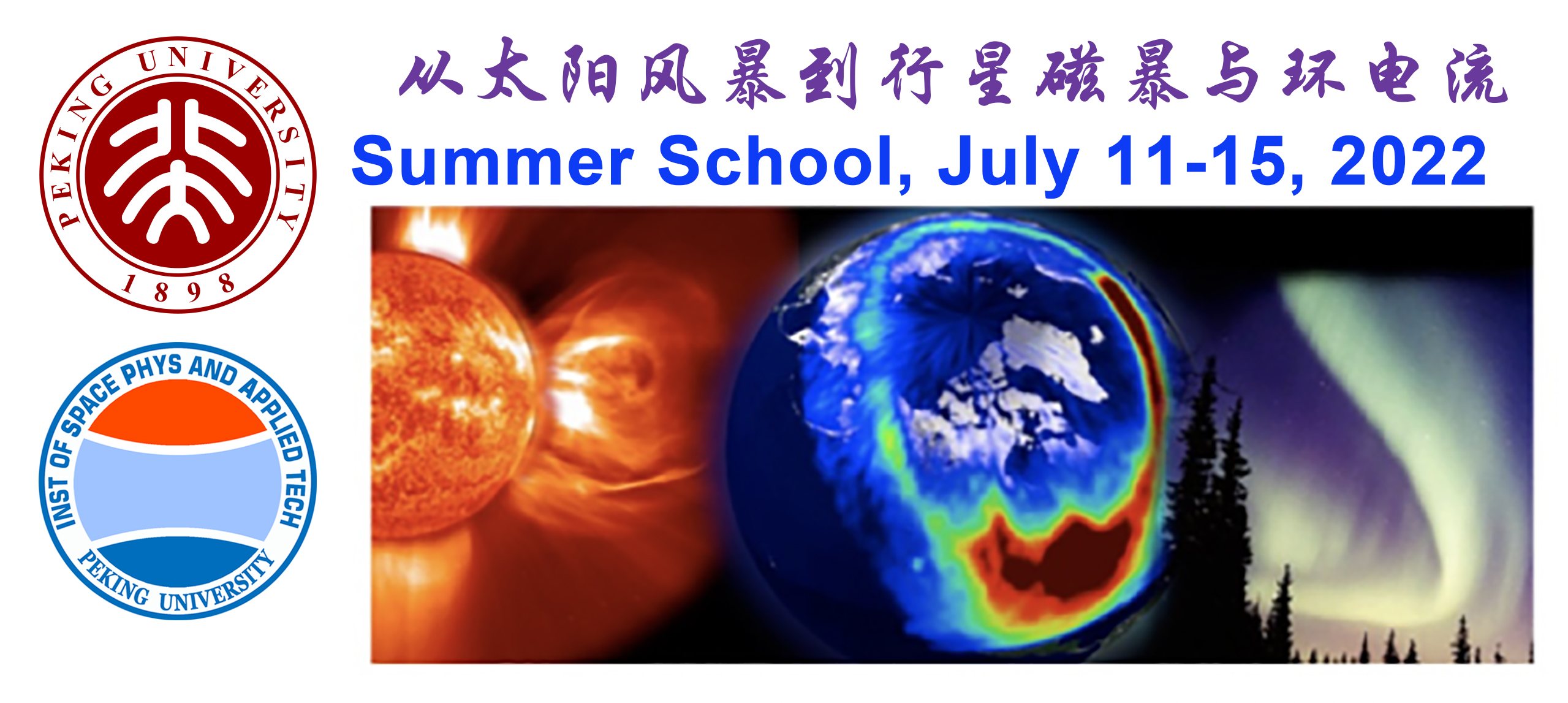Time……….Wednesday, Oct 19 2016, 2:35-3:20 pm Where……. Room 415, North Physics Building Speaker….. Ying Zou, Postdoctor of UCLA Title……….. Mesoscale M-I coupling system along open magnetospheric field lines associated with airglow patches
Abstract:
Plasma convection at polar cap is traditionally believed to be smooth, and airglow patches to be high-density plasma following such convection without localized M-I interaction. However, recent evidence shows that polar cap convection is highly structured and that patches are transported by channels of fast anti-sunward ionospheric flows. Whether these ionospheric flow channels are driven by processes in the magnetospheric lobes is unknown. We thus examine whether patches are associated with localized field-aligned currents (FACs) and precipitation using Swarm- and FAST-imager-radar conjunctions. In Swarm data, we commonly (66%) identify FACs with substantial densities (0.1-0.2 μA/m-2). The FACs can be approximated as infinite current sheets (typically 75 km wide) orientated roughly parallel to patches. They usually exhibit a Region-1 sense and can close through Pedersen currents in the ionosphere. In FAST data, we identify localized precipitation that is enhanced within patches in comparison to weak polar rain outside. The precipitation consists of structured or diffuse soft electron fluxes. Although the precipitation is not a major contributor to patch ionization, it implies newly reconnected flux tube that retain electrons of magnetosheath origin can rapidly traverse the polar cap from the dayside. Therefore airglow patches are connected to magnetospheric lobes through localized FACs and soft precipitation. Patches should hence be regarded as part of a localized M-I coupling system along open magnetic field lines, and their transpolar evolution as a reflection of reconnected flux tubes traveling from the dayside to nightside magnetosphere.

